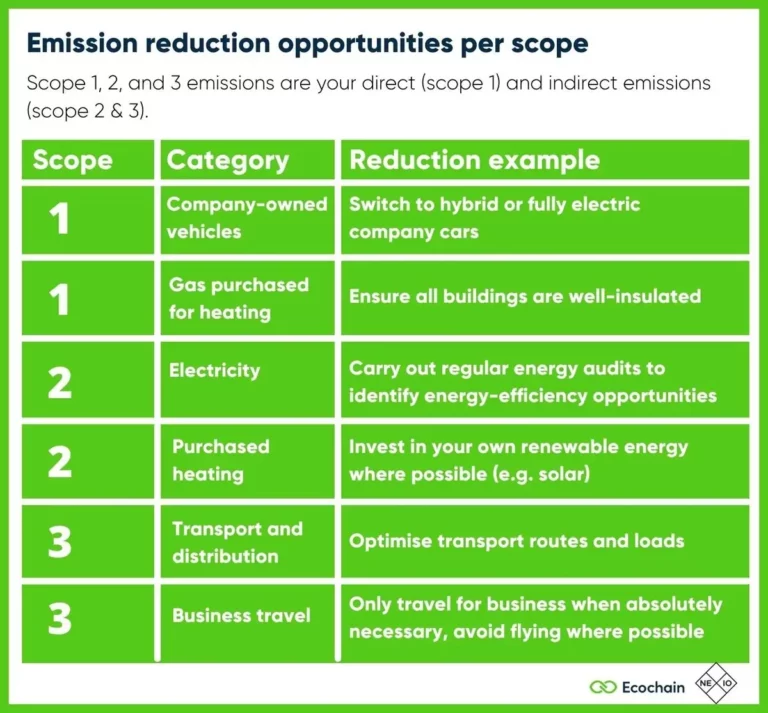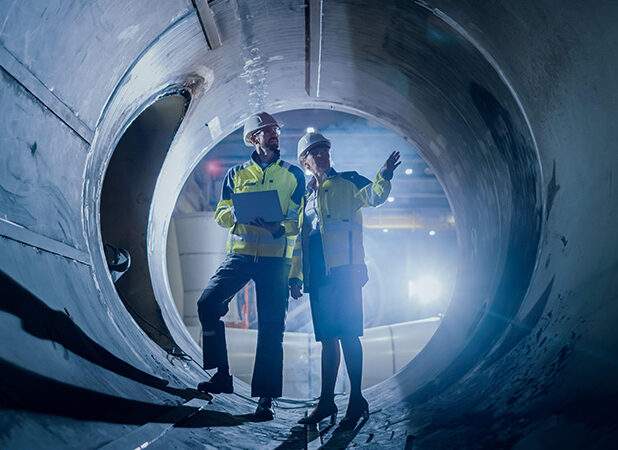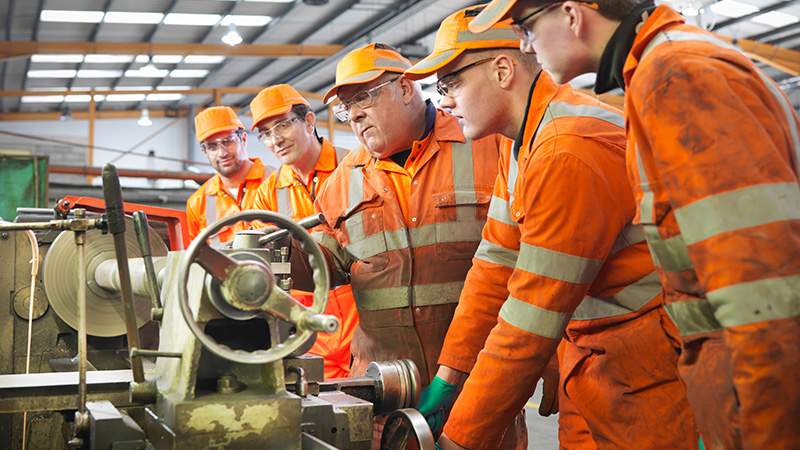As we face the impacts of climate change, the term “emissions reduction” is becoming a cornerstone in global conversations. A key factor in combating environmental challenges, reducing emissions refers to the process of diminishing the volume of greenhouse gases released into the atmosphere.
Emissions can stem from various sources, including vehicles, industrial facilities, and energy production. Greenhouse gases like carbon dioxide (CO2), methane (CH4), and nitrous oxide (N2O) are primarily responsible for the “greenhouse effect”, which causes global warming.
Reducing emissions plays a crucial role in our global objective: mitigating climate change.
What Is Emissions Reduction?
Emissions reduction signifies the deliberate efforts to lower the quantity of greenhouse gases being emitted into the atmosphere. These efforts can encompass diverse strategies such as transitioning to renewable energy sources, increasing energy efficiency, and adopting sustainable farming practices.
Why Is Emissions Reduction Important?
The importance of reducing emissions cannot be overstated. Increased greenhouse gas emissions have a direct impact on global warming, leading to rising sea levels, extreme weather events, and disruptions to ecosystems.
Emissions reduction efforts can also lead to improved air quality. By reducing pollutants, we improve public health, especially in urban areas where air pollution tends to be high.

The table above, made by EcoChain, highlights the different ways companies can reduce their emissions. In this case, comapnies are advised to also pay attention at the emissions allocated to every scope. The scopes will vary depending on the characteristics of each company.
How Does Emissions Reduction Work?
There are several methods for reducing emissionxs. A common approach is increasing energy efficiency – for instance, optimizing the use of energy in buildings and transportation. Another method involves transitioning from fossil fuels to renewable energy sources such as wind, solar, or hydro power.
Carbon capture and storage (CCS) is another strategy, involving the capture of carbon dioxide at its emission source, transporting it, and depositing it where it won’t enter the atmosphere.
The Future of Emissions Reduction
The future of reducing emissions looks promising. Governments, corporations, and individuals worldwide are becoming increasingly conscious of the need to limit emissions. With advances in technology and a growing awareness of climate change, we can expect to see ongoing developments in emissions reduction strategies.
Conclusion
In conclusion, understanding why one should reduce emissions is key to grappling with our global environmental challenges. As we become more conscious of our impact on the environment, emissions reduction will continue to be a crucial topic in our quest for a more sustainable future.
Remember, while the concept might seem complex, each small step towardsreducing emissions helps in our global fight against climate change. It is not just a term for scientists and policymakers – it’s a practice in which we all have a role to play.
Frequently asked questions
How does electrification of transport help in reducing emissions?
Transportation is a major contributor to greenhouse gas emissions. The electrification of this sector, like electric cars and public transit, directly supports reducing emissions by eliminating tailpipe emissions.
What role does electrification play in reducing emissions?
Electrification, the process of replacing fossil fuel-dependent systems with those using electricity, is a vital strategy in reducing emissions. As we shift towards renewable electricity generation, electrification contributes to a significant decrease in greenhouse gas emissions.
Can the electrification of industries aid in reducing emissions?
Yes, the industrial sector can greatly reduce its greenhouse gas emissions through electrification. By transitioning from fossil fuel-based machinery to electrically powered options, industries can contribute substantially to reducing emissions.






